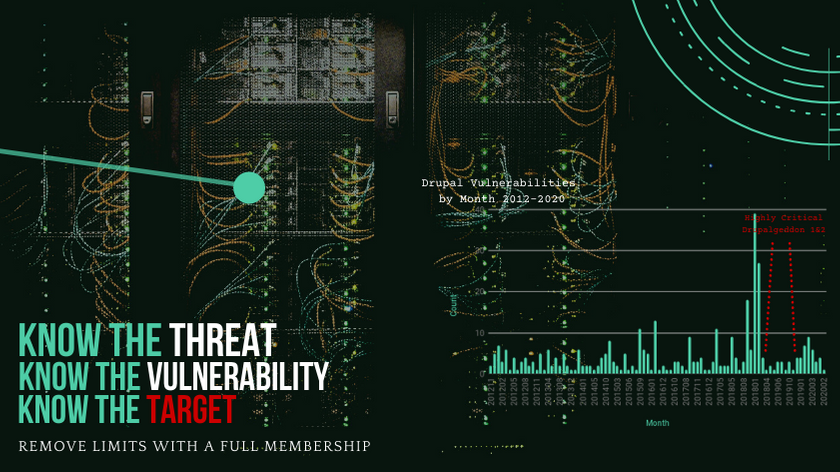

It escapes the comment subject which prevents the evil plan from succeeding. Don’t believe me? You can try to run it, but please don’t do it on a production website!ĭrupal 8 is obviously smarter than Joe. It is perfectly valid and assuming the user Drupal is using to connect to the database has permissions to drop a table it will execute. First query ends after the first semicolon and has syntax errors, which will cause it to fail. INSERT INTO comment_field_data (subject) VALUES ('' DROP TABLE node -') Now let’s see what kind of query we end up if the user-input wouldn’t be correctly escaped: And you can actually run this query on a Drupal 8 database and it will actually execute and save the row. But it will work to explain Joe’s bad intentions. INSERT INTO comment_field_data (subject) VALUES ('Harmless comment') Imagine the insert query behind the comment for. Most interaction with the database happens through the Entity API, which essentially provides two levels of protection.įor more info about the topic check the relevant documentation sections. There is also Entity API with its Entity query API, which is another layer on top of the database API.Īs we usually don’t need to define any custom database schemas in Drupal 8 (everything uses entities in Drupal 8 era) we also usually don’t need to use the Database API directly. Instead they are sent separately to the API where they are correctly escaped before the query string is built.ĭatabase API is just the first level of abstraction in Drupal 8. It uses the parameterized queries approach where any attributes that are used with the database query are never concatenated directly to it. Something that we definitely don’t want to happen!ĭrupal comes with the database API, which provides solid protection against SQL injection attacks when used correctly. If this kind of input is not correctly escaped the query might end up being executed on the underlying database. Each of these groups has a vital role to play and can help in unique ways, If you’re a Drupal site owner and run into a problem, these are the four main groups who can help. Drupalize.SQL injection is a vulnerability that allows attackers to inject custom SQL queries into the entry field (on a form or anything similar). The Drupal security ecosystem relies on three groups to help identify issues, fix breaches, and maintain security for site owners.
DRUPAL SECURITY CODE
Simply put, this process involves updating the code in your project with the latest code from, so any process that facilitates doing that will continue to work. Drupal is seeing steady growth as a CMS which means you are always at risk of being attacked or hacked. We have high confidence that the information on and in the Drupal User Guide will be updated with current best practices as they evolve. There is ongoing work to provide alternatives, but none of those have come to fruition yet. The best-practice for Drupal is to use Composer.
DRUPAL SECURITY UPGRADE
In this article, well take a closer look at the upgrade to Drupal 10, including.
DRUPAL SECURITY UPDATE
Update a contributed module to a new version.Update Drupal core for a minor version, e.g.
DRUPAL SECURITY PATCH
Update Drupal core for a patch version, e.g.
.png)

One of the most common forms of attack is SQL Injection. Bugs are one thing, but security holes that can be used to expose user data or wreck havoc on the database are the cause of many a nightmare. GitHub - johnatas-x/grumphp-drupal-check: Check Drupal code for depr. Your risk of attack is greater and more vulnerabilities are constantly being discovered or exploited. As with any major platform, additional security concerns also present themselves. If a deprecated code is detected, it won't pass. Drupal is an open source CMS and or framework that is used by at least 2.2 of all the websites on the internet, making it the 3rd most widely used CMS in the world. Updating is the process of moving from one version of a project to another, within the same major release. If there is one fear that most developers experience, it is the fear of security vulnerabilities with the code you have written. Check Drupal code for deprecations and discover bugs via static analysis. Contributed modules and contributed themes also have periodic updates to address security issues, add new features, and fix bugs. Drupal core uses a regular release cycle to introduce new features and security updates.


 0 kommentar(er)
0 kommentar(er)
